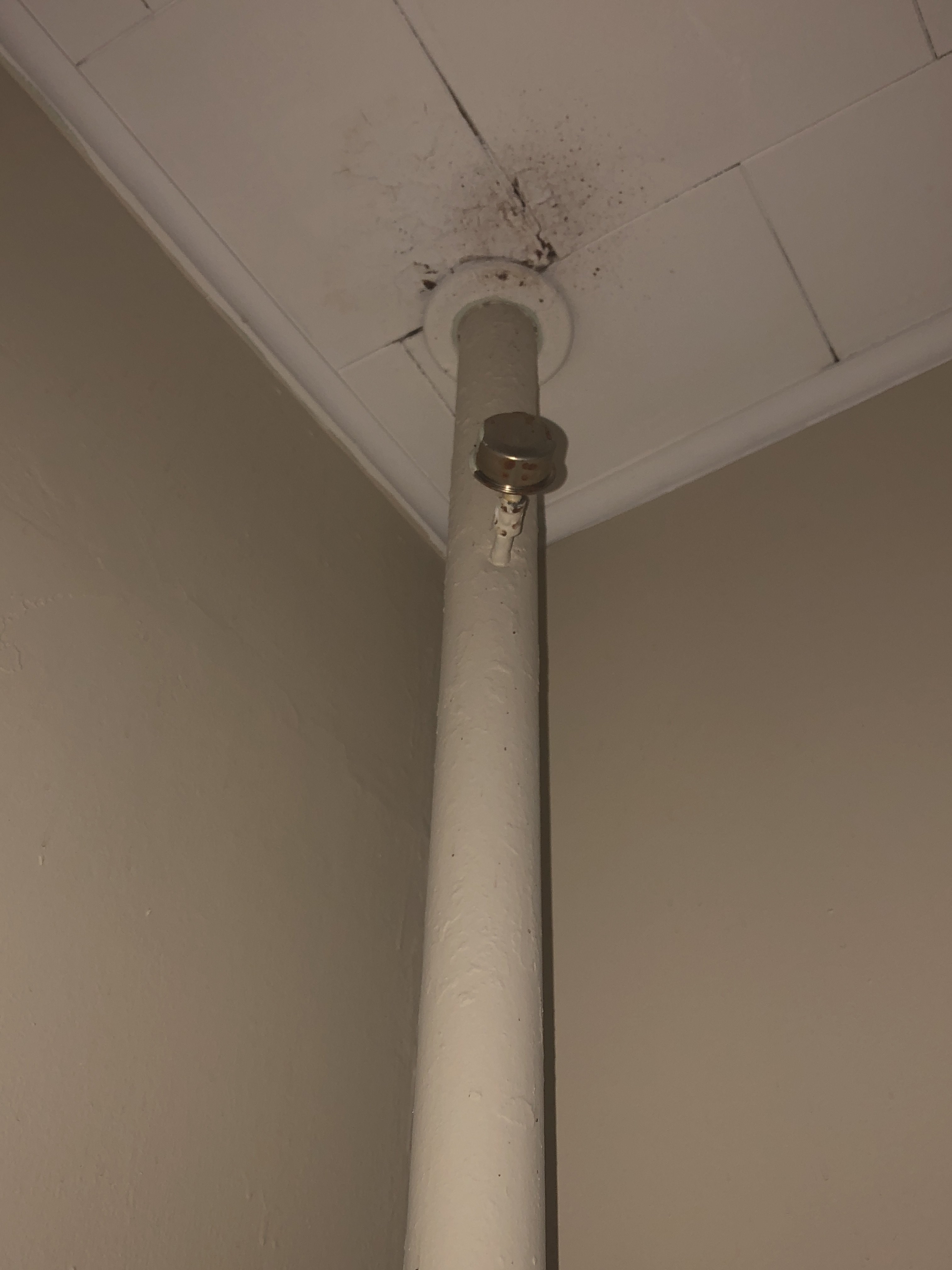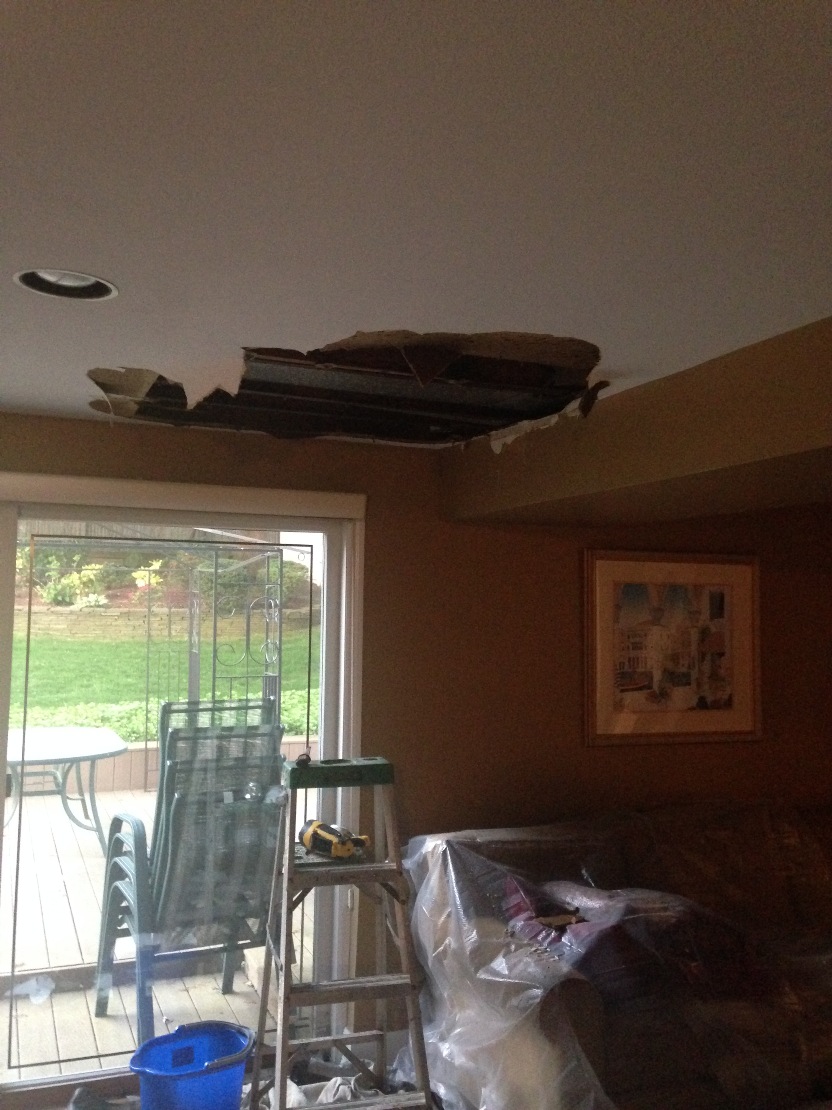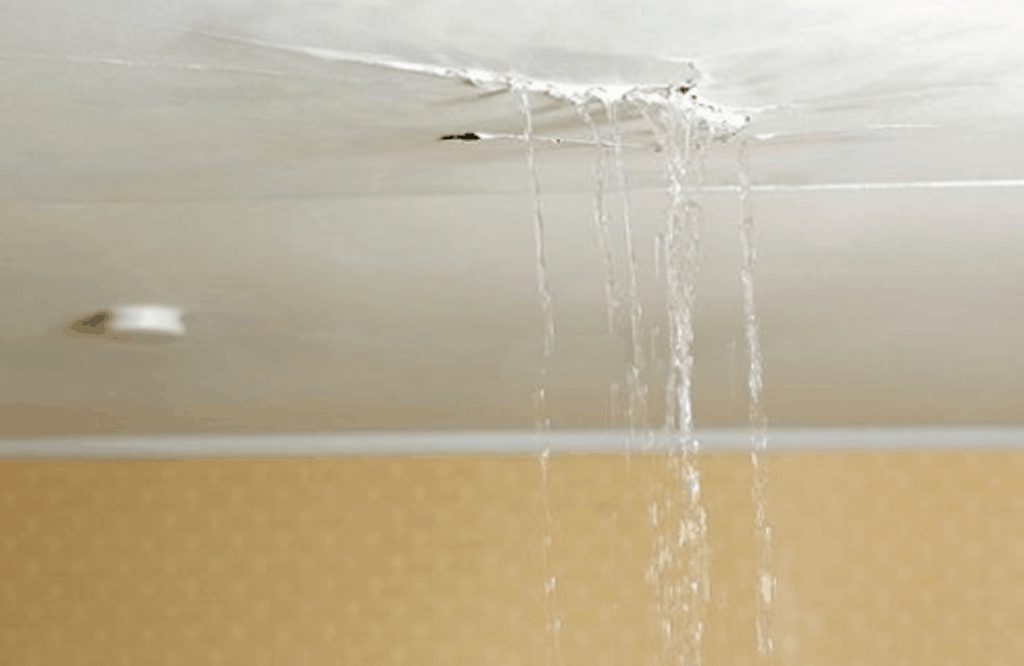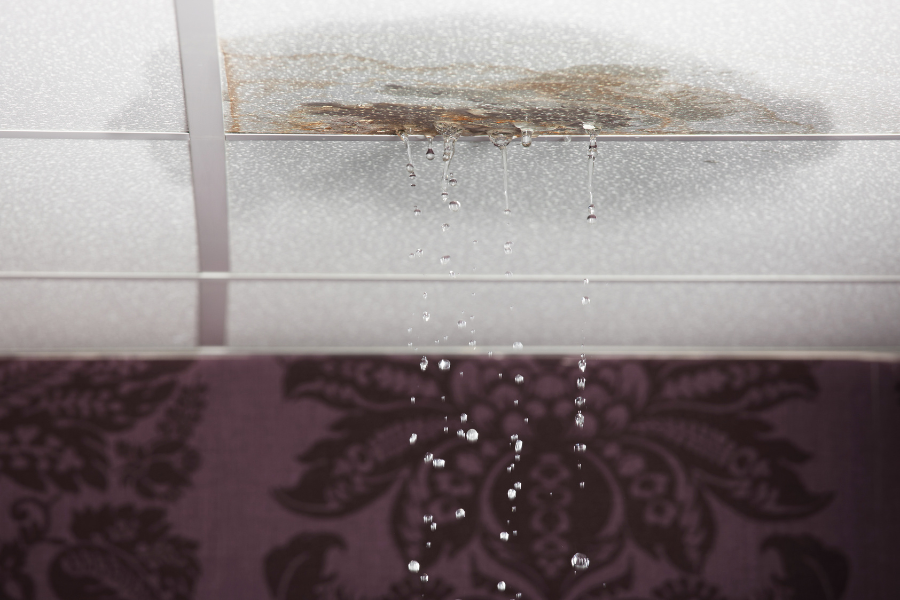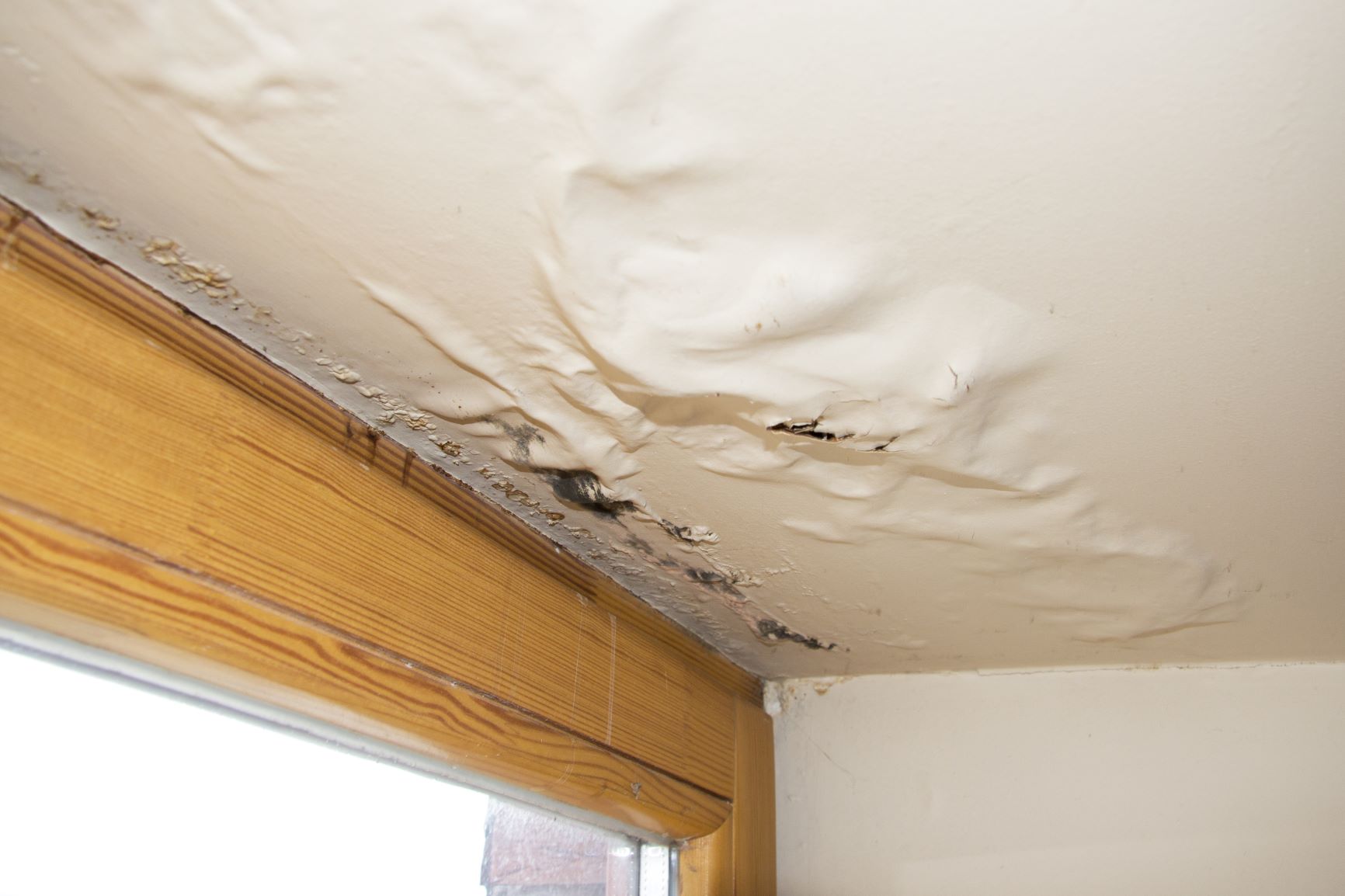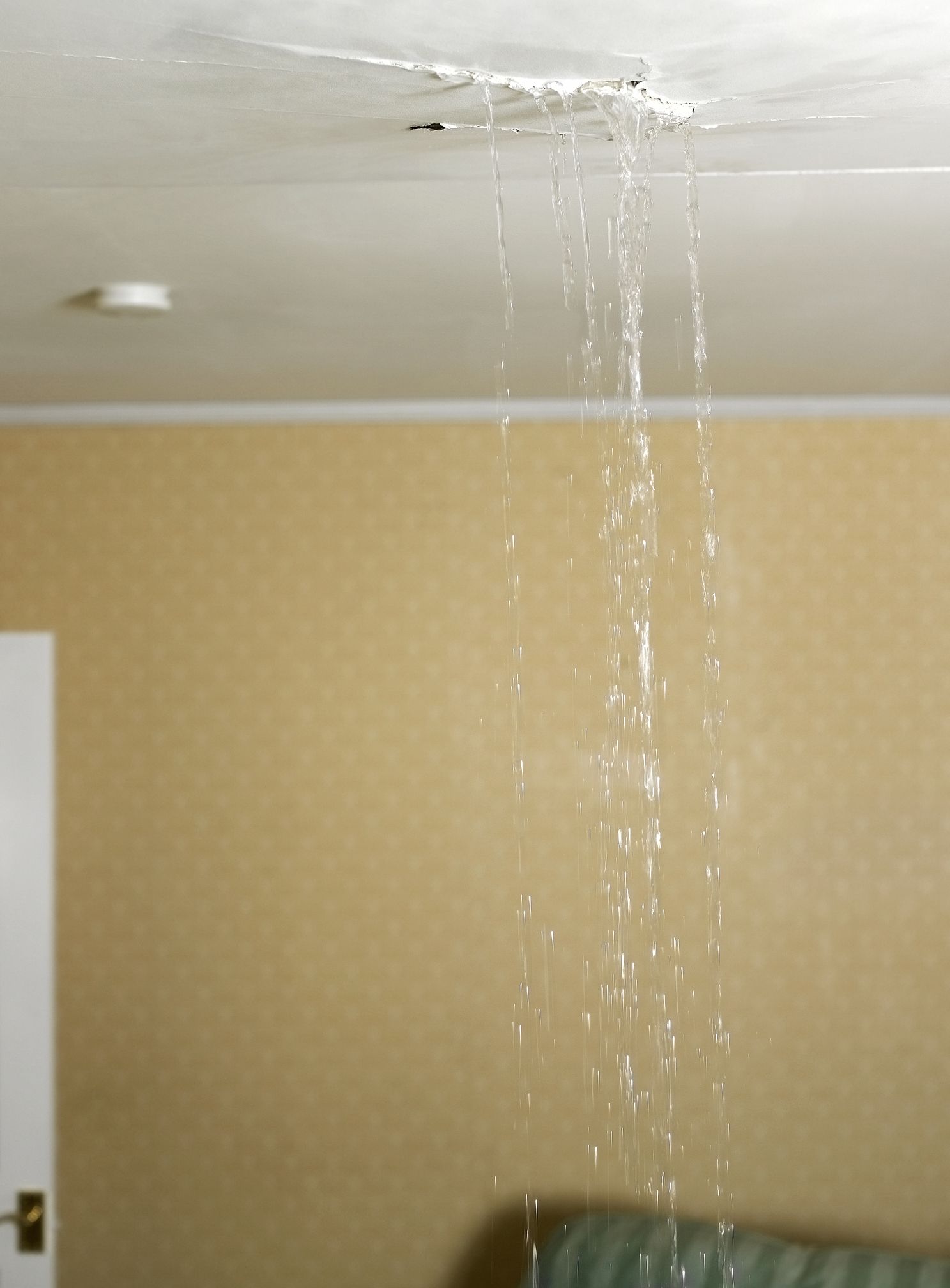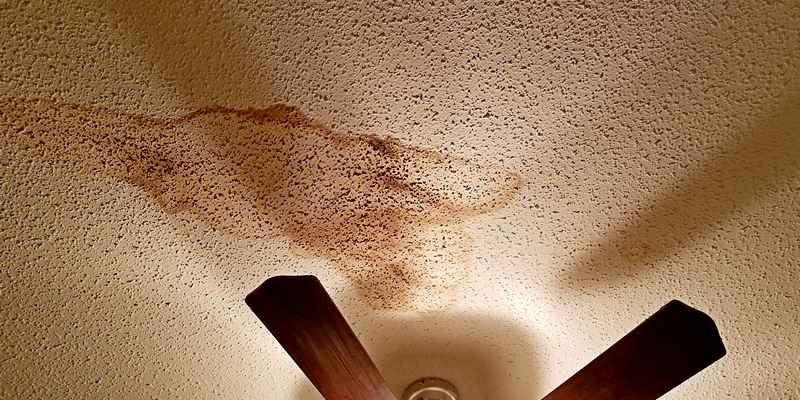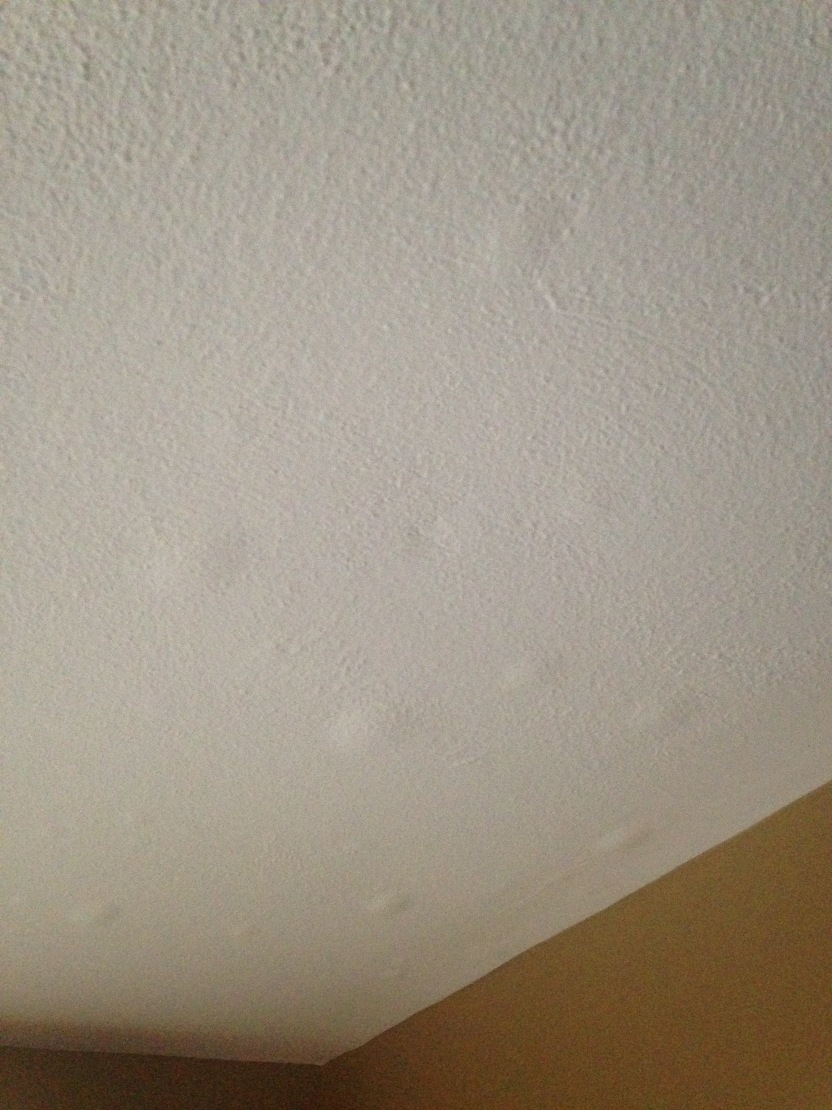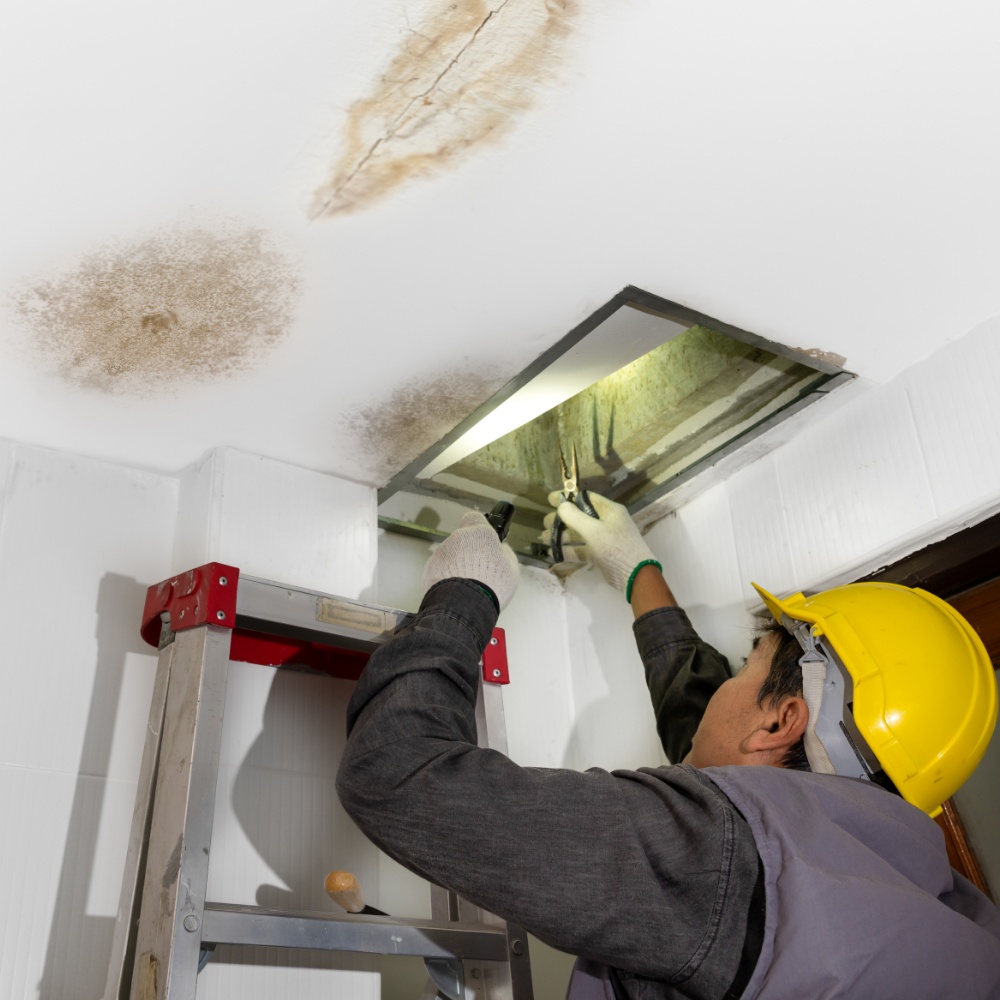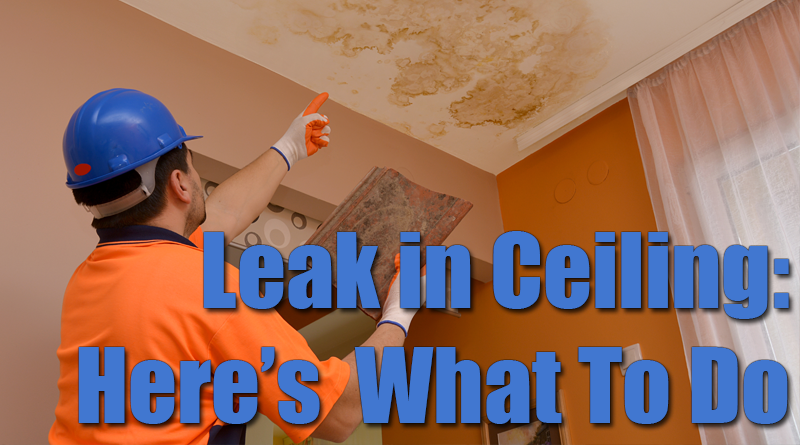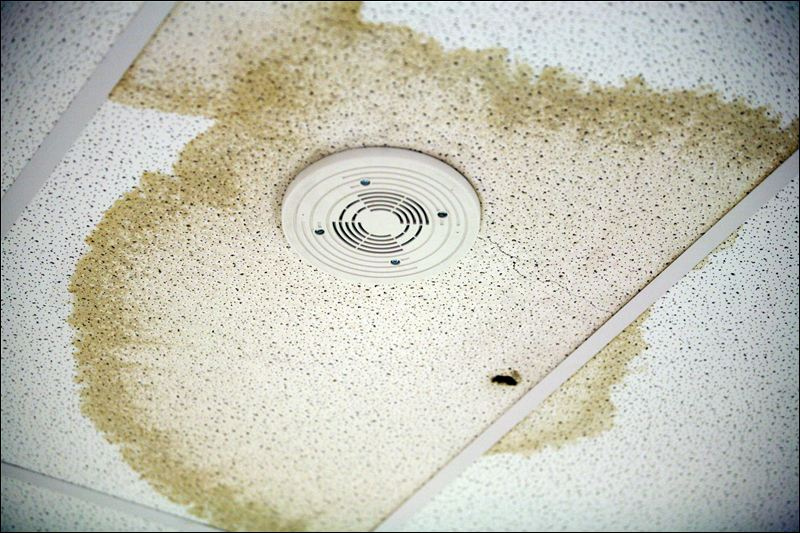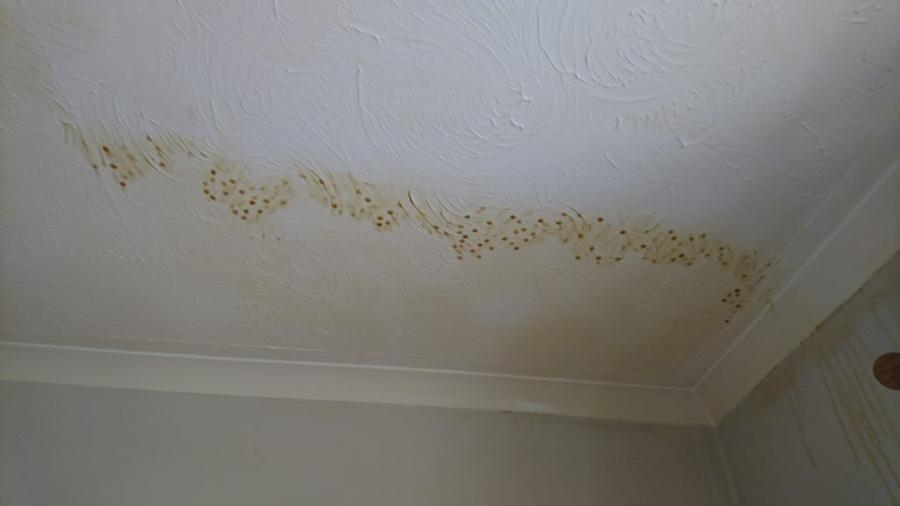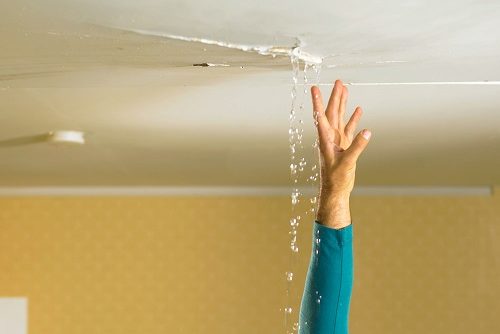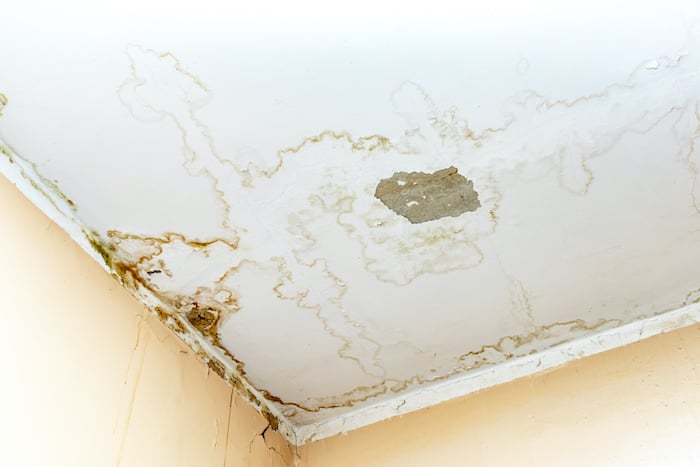There Is Water Leaking From My Ceiling
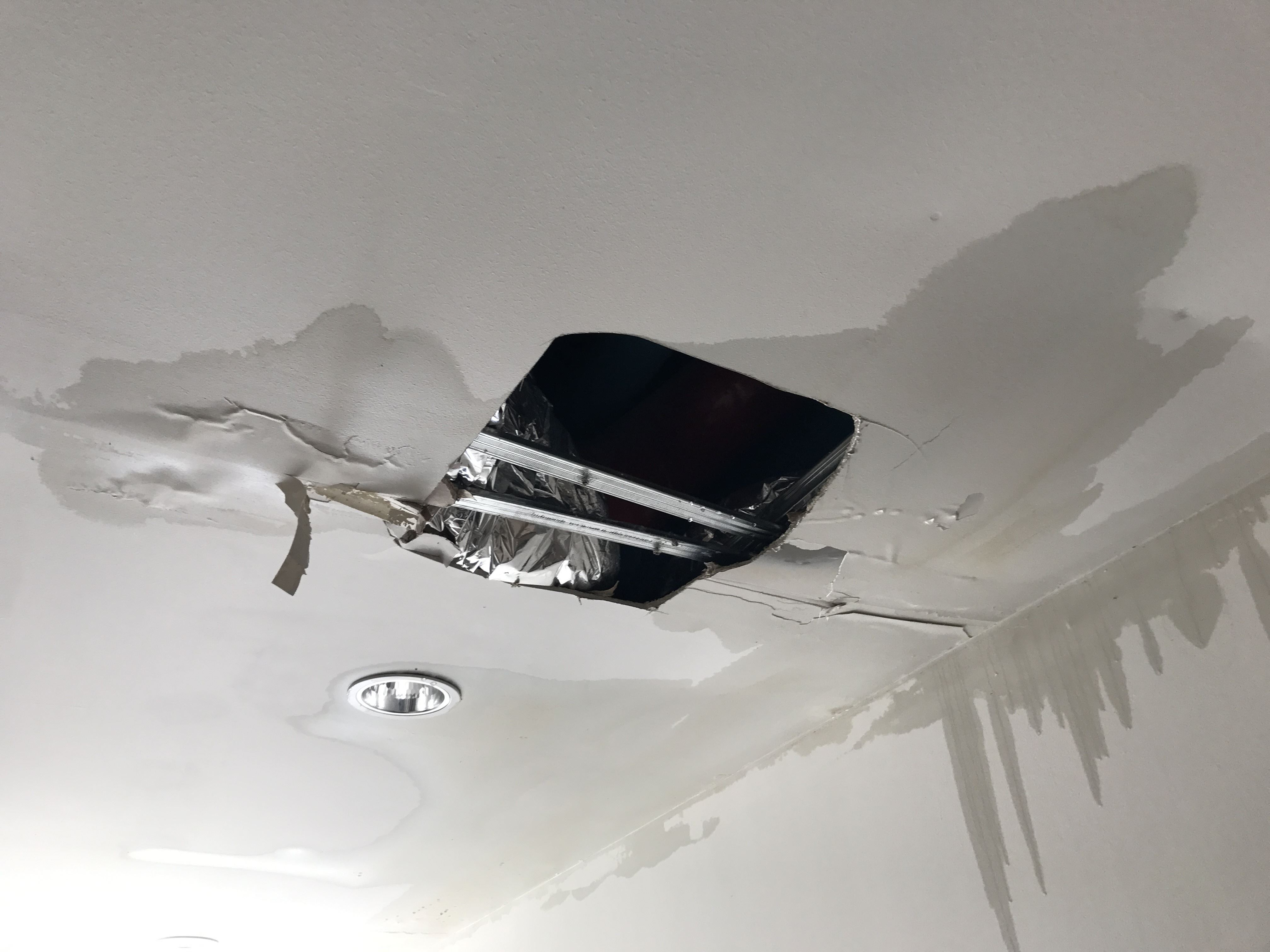
Drip. Drip. Drip. The sound, barely audible at first, gradually intensifies, morphing from a subtle annoyance into a full-blown domestic crisis. A single, persistent drop of water hanging precariously from your ceiling, reflecting the lamplight like a tiny, malevolent jewel, is an unwelcome sign. It's a harbinger of potential damage, a signal that something, somewhere, has gone terribly wrong.
That telltale drip is usually the beginning of a potentially expensive and disruptive home repair project. It signals that there is a leak somewhere in the plumbing system or roof, which, if left unaddressed, can lead to structural damage, mold growth, and costly repairs.
Understanding the Problem
Pinpointing the source of a ceiling leak is crucial, but it can be tricky. The water might be originating from a completely different area than where it’s dripping.
Start by checking the obvious culprits: the bathroom above (if there is one), any nearby plumbing fixtures, and the roof (especially after heavy rain or snow).
Possible Sources and Their Significance
A leaking toilet or shower upstairs is a common offender. Even a small, undetected leak from a toilet seal or shower drain can cause significant water damage over time.
According to the Environmental Protection Agency's (EPA) WaterSense program, household leaks can waste nearly 1 trillion gallons of water annually nationwide. This underscores the importance of addressing even seemingly minor leaks promptly.
Roof leaks, often caused by damaged or missing shingles, cracked flashing, or clogged gutters, are another frequent cause. Regular roof maintenance, including inspections and cleaning, is essential to prevent these problems.
"Ignoring a leak can lead to much bigger problems down the road," warns Sarah Miller, a local home inspector with over 15 years of experience. "Mold, structural damage, and even health problems can result from prolonged water exposure."
Immediate Actions to Take
Your immediate concern should be containing the water and minimizing further damage. Place a bucket or container beneath the drip to catch the water.
If the dripping is significant, consider puncturing the ceiling with a screwdriver or other sharp object to allow the water to drain more freely. This can prevent the ceiling from collapsing under the weight of the accumulated water.
Turn off the water supply to the affected area if possible. This may involve shutting off the main water valve to your house or simply turning off the water to a specific fixture.
Finding a Professional
While some minor leaks can be addressed with DIY repairs, it's generally best to consult with a qualified plumber or roofing contractor. Professionals have the tools and expertise to diagnose the problem accurately and provide effective solutions.
Get multiple quotes from different contractors and check their references before hiring anyone. Ensure they are licensed and insured to protect yourself from liability in case of accidents or shoddy workmanship.
The Long-Term Perspective
A water leak is an annoyance, but it also presents an opportunity to improve your home's overall condition. Consider investing in leak detection devices or upgrading your plumbing system to prevent future problems.
Regularly inspect your roof, gutters, and plumbing fixtures for signs of wear and tear. Addressing small issues promptly can save you a significant amount of money and stress in the long run.
Ultimately, that persistent drip from your ceiling is a reminder to pay attention to the details of your home. By taking proactive steps to identify and address potential problems, you can protect your investment and create a more comfortable and secure living environment.
